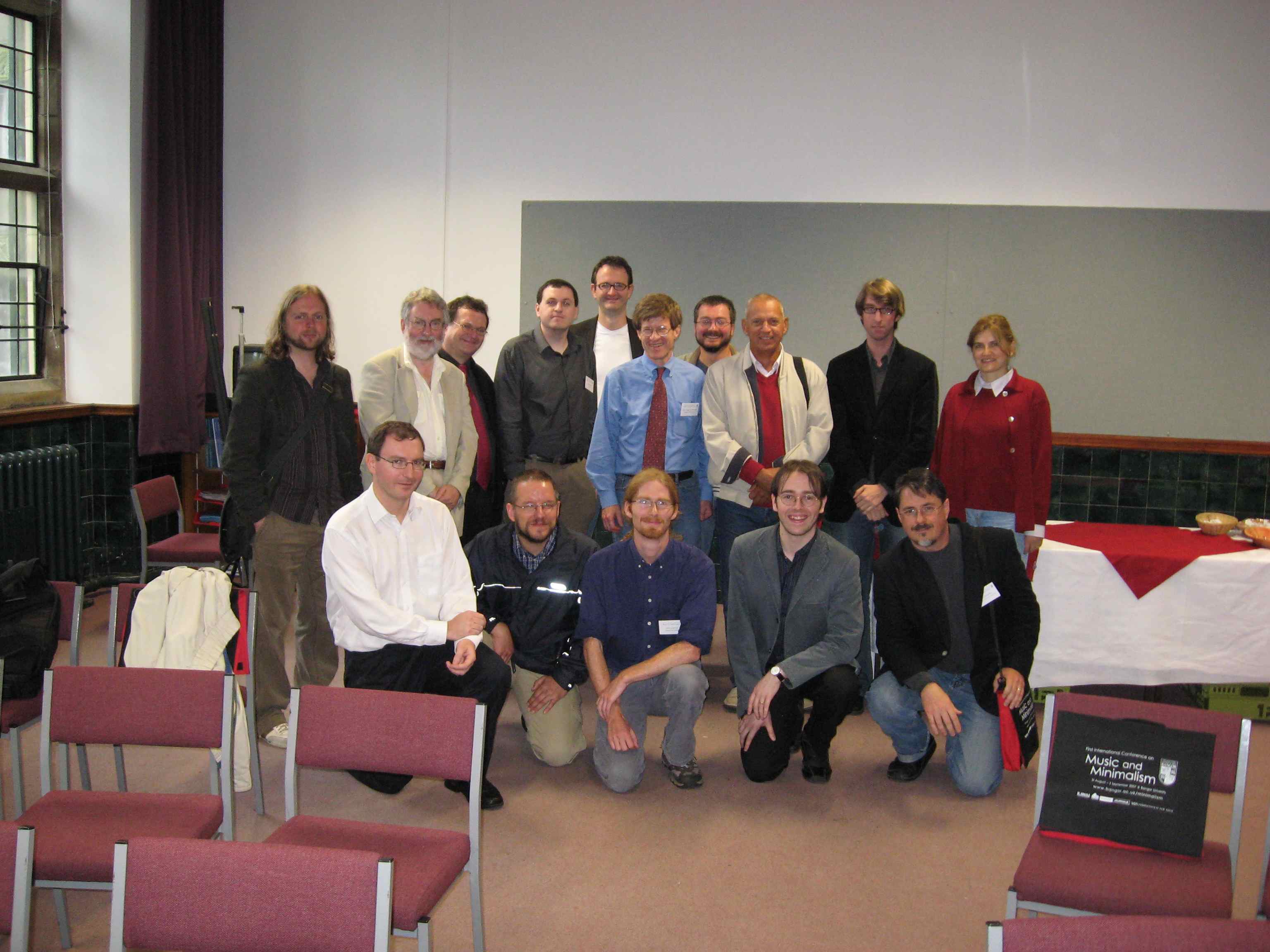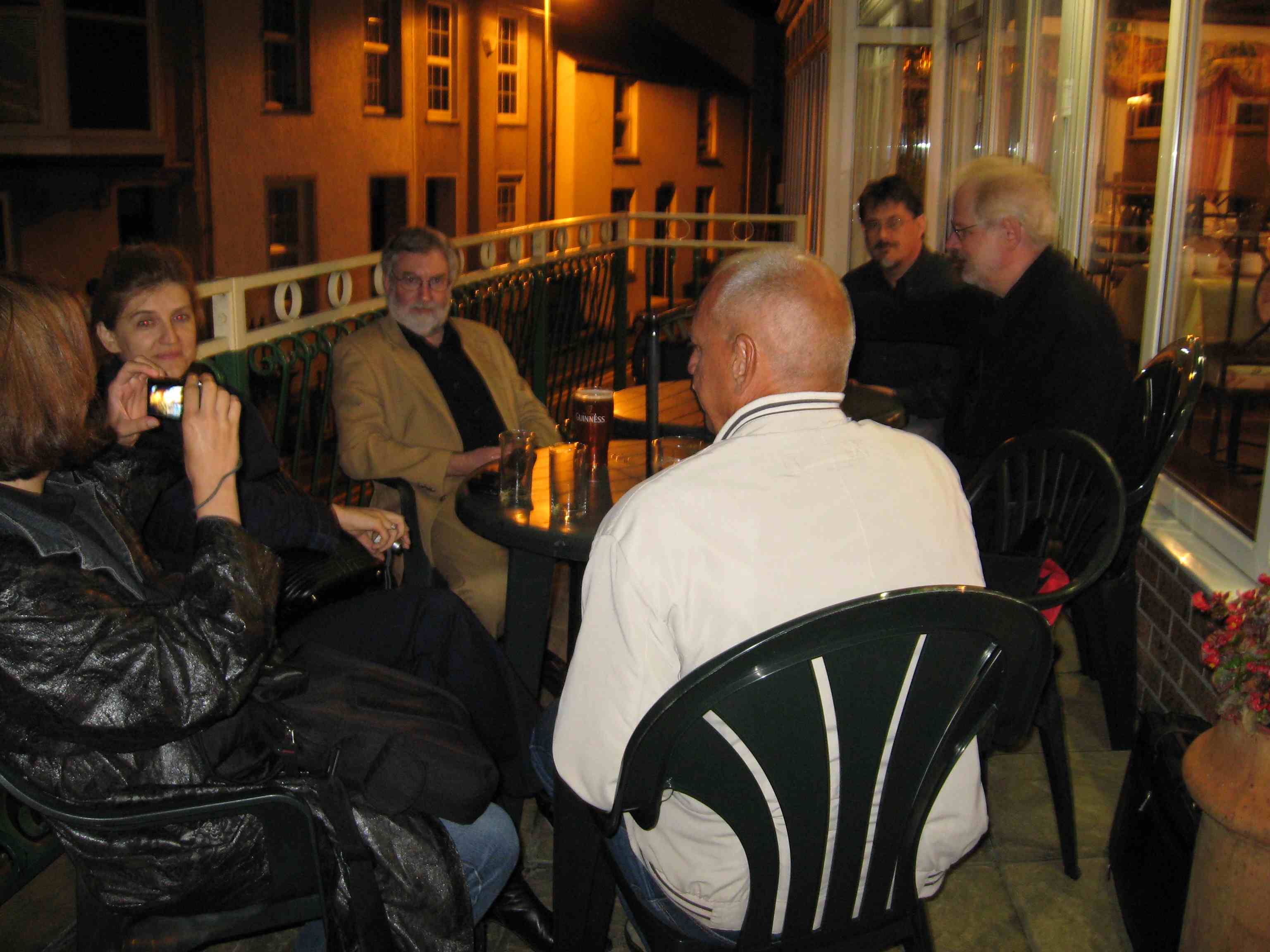Thoughts on traveling:

Little things about England make you feel more adult than the U.S. makes you feel. Like, in most public restrooms, the water in the sink stays on until you turn it off, instead of auto-switching off after six seconds. The bathroom does not send you a message, “You’re probably too irresponsible to turn the water off yourself, jackass, so we’ve already arranged to do it for you.”
On the other hand, while the British I end up talking to are preternaturally and enviably articulate, soft-spoken, and intelligent-sounding, their newspaper journalism always reads like it’s shouting at imbeciles.
And why do Brits invariably serve coffee at 211 degrees Fahrenheit? It’s half an hour before you can drink it. As for the other kind of hot, I ordered the penne arrabiata at an Italian restaurant, and the nice waitress said, “I have to warn you it’s extremely spicy.” “I can take it,” I replied confidently. It was about as spicy as children’s canned Spaghetti-O’s. “You’d be surprised at how many people complain it’s too spicy to eat,” she protested afterward.
By allowing myself to pretend that British pounds were actually dollars, I got by without too much trepidation at the money I was spending, but at the tobacco shop, even that stratagem failed. The Cuban Cohibas I had been whetting my lips for for months were £21.50 – some $43 under current exchange rates. I had never spent more than $16 for a cigar in my life, and the thought of suddenly more than doubling that was almost enough to make me give up cigars for a couple of weeks. I said almost. I compromised on a couple of examples of a cheaper but still-Cuban brand, and made a note to bring my perfectly nice Nicaraguans from the U.S. when I return.
I tell people lately that I leave the U.S. as often as possible on the same theory that one jumps up and down in a falling elevator – so as not to be there when it crashes. But no one in the UK mentioned politics, I never had to apologize for being an American, and as I got off the plane I realized that the horrific name “Dick Cheney” hadn’t flashed through my mind in ten days. The nicest thing about being over there was no longer walking around with an oppressive sense that My Country Is Doing Terrible Things, and We’re Helpless to Do Anything about It. It wears you down, all this constant monitoring of the criminals who are ransacking the government, reinstituting medieval torture, and cutting long strips out of the Constitution. It was such a relief Not Knowing, and being among people who seemed to shrug it off. Maybe they’re naive or cynical, or just too polite, or too implicated by their own government, but there’s no question that living every day with the consciousness that your government has gone maliciously berserk lacerates one’s spirit, reinforcing every guilty and self-loathing tendency. I’m looking forward to heading for Copenhagen and Amsterdam next week and forgetting about it again – I hope the Danes and Dutch are as forgiving.
Trying to get from JFK to Penn Station, I was herded on to a $15 bus that was promised to take me there. During the 20-minute wait it occurred to me that the cab would have been only $20, and would have left immediately – and then the bus dumped me out at Grand Central, the driver directing me to a nearby van for the rest of the trip. And both drivers kept mentioning that tips were greatly appreciated. The London Tube service hadn’t, in my experience, improved as much as I had been assured, but then you walk into an institutionalized, unashamed scam like New York City, and you only want to go back.








